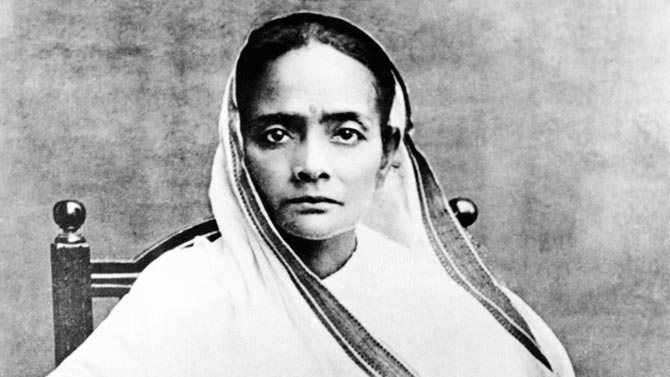Kasturba Gandhi (11th April, 1869 – 22nd February, 1944)

Kasturba was born as the daughter of Gokuladas Kapadia and Vrajkunwerba Kapadia on 11 April, 1869. The family belonged to the ModhBania caste of Gujarati Hindu tradesmen and were based in the coastal town of Porbandar.
She was an Indian political activist. She married Mohandas Gandhi in 1883 and was very influenced by him.
Kasturba Gandhi first involved herself with politics in South Africa in 1904 when, with her husband and others, she established the Phoenix Settlement near Durban. In 1913 she took part in protests against the ill-treatment of Indian immigrants in South Africa.
Kasturba and Gandhi left South Africa in July 1914 and returned to live in India. In spite of Kasturba’s chronic bronchitis, she continued to take part in civil actions and protests across India and often took her husband’s spot when he was in prison. The major part of her time was dedicated to serving in ashrams. Here, Kasturba was referred to as “Ba” or Mother, because she served as mother of the ashrams in India.
In 1917, Kasturba worked on the welfare of women in Champaran, Bihar where Gandhi was working with indigo farmers. In 1922, she participated in a Satyagraha (nonviolent resistance) movement in Borsad, Gujarat even though she was in poor health. She continued to take part in many civil disobedience campaigns and marches. As a result, she was arrested and jailed on numerous occasions.
In January 1944, Kasturba Ji suffered two heart attacks after which she was confined to her bed much of the time. Due to deteriorating health conditions, at 7:35 pm on 22 February, 1944, she died at the Aga Khan Palace in Poona, aged 74.







